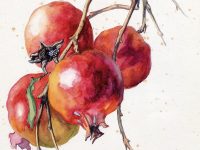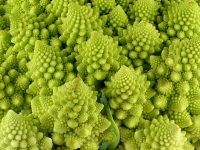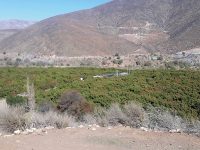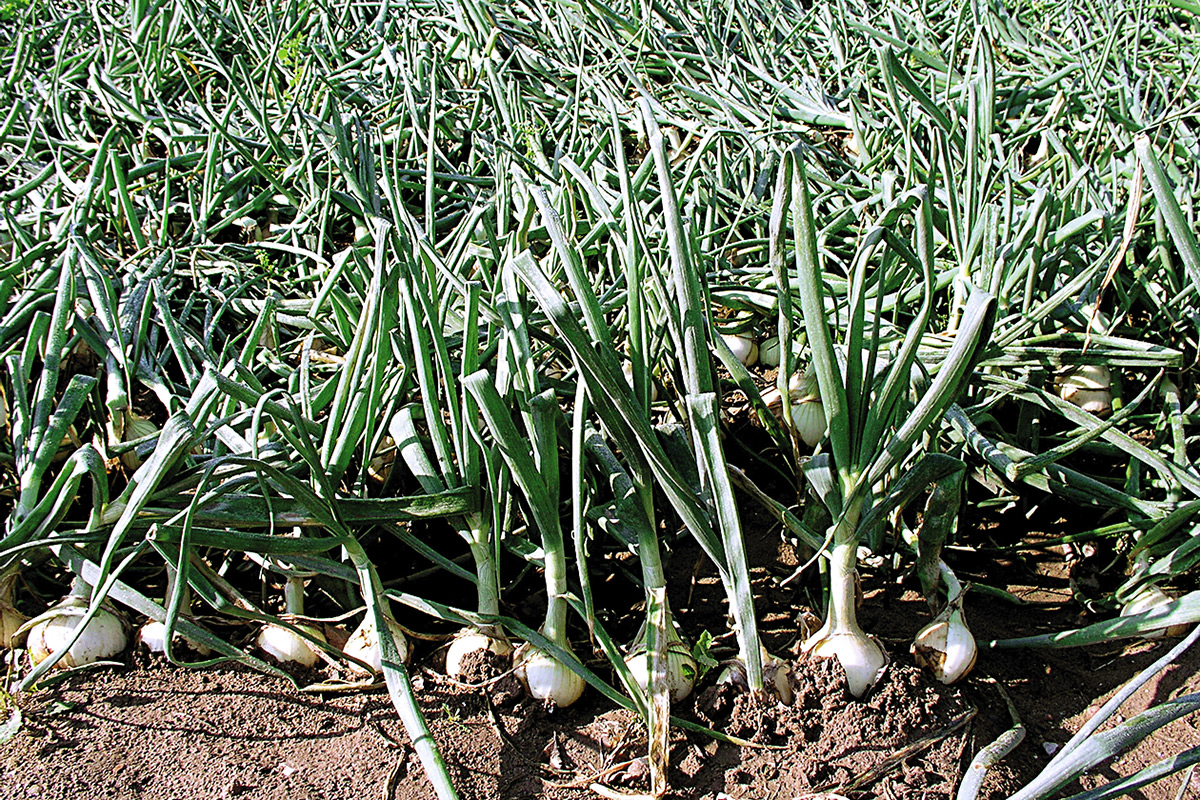
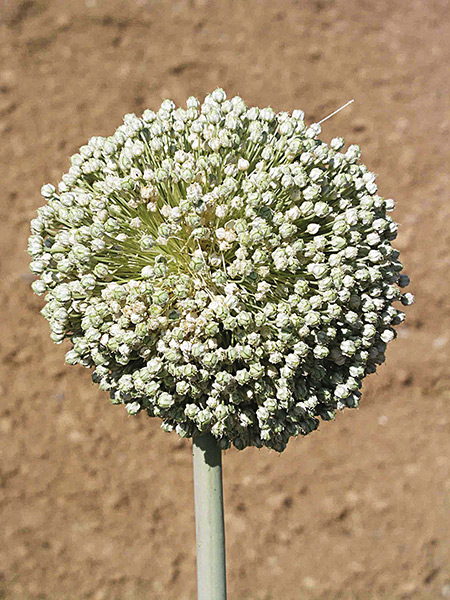
Detail of the onion flower. / © Josep Roselló
Onions are essential elements to be found in our vegetable gardens. Although it makes you cry when chopping it in the kitchen, it is highly consumed in the region of Valencia either fresh and raw, deep or shallow fried, boiled, grilled or in brine. It can also be stored to be eaten all along the year
Known for many centuries, the onion is a plant whose cycle last for two years— on the first year it stocks nutrients in modified leaves, which made up the bulb in layers; on the second year, these leaves sprout into flowering stems.
We collect them on the first year, when they are still tender and have young bulbs; or let them ripen and dry in the sun, and store them. If we want to obtain onion shoots or seeds, we should choose among the best onions stored and plant them in December. Thus, we will be able to collect onion shoots in spring and seeds in the summer.
The whole process is quite difficult— you need to prepare a long and delicate nursery, cook the onions, choose the best ones and plant them again so as to obtain new seeds every year, because they don’t last for a very long time. We choose the easiest part— for our gardens we well always keep a space for chives, which should be transplanted when necessary, depending on to the kind of onion we want to grow.
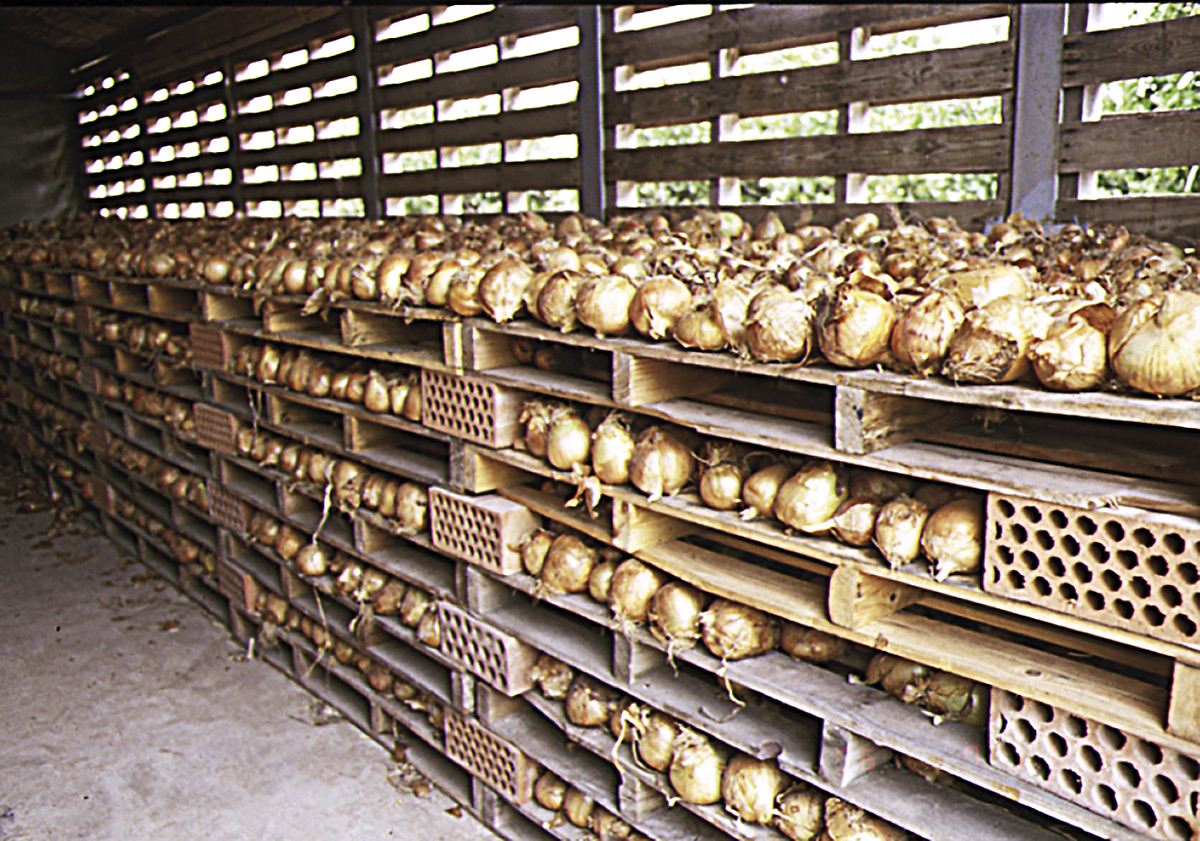
© Josep Roselló
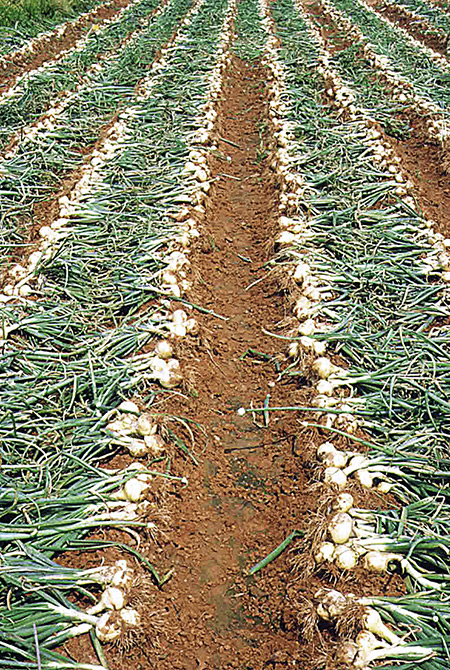
Onions drying in the sun. / © Josep Roselló
Valencian farmers master onion growing, and in fact our growing cycles determine the onion marketing season. The Valencian Babosa variety, which has a mild flavour, is the first one, which can be collected while young and tender, or else let them ripen and store them. These are transplanted in September. The Llíria variety is the next one, which is transplanted in February and collected in June. These are really good and their flavour is not very strong either, but is sharper than the Babosa variey. The last one is the late Grano variety, transplanted in April. These are the best ones to dry and store, but are quite strong.
If we want tender onions we will have to plant them very close to one another (10×20 cm); if, on the contrary, we want to grow onions for drying, they will need more space (15×25 cm). When they are young onions need more frequent irrigation because the ground needs to be wet, but avoiding flooding. When the bulb can be easily seen, then irrigation has to be done less often. When they are complete, we stop the irrigation to collect them a few days later. We pull them out of the ground and leave them on the ridge and let them dry in the sun. On the next day, we turn them around. If we cut off their stalk, onions dry faster, if we don’t, we can plait them and hang them.
Onions don’t need fertilisers or a special kind of soil. It does need a lot of weeding, but it is best to do so while they are still young— they do not tolerate very well activity near their roots when they are older. Careful with humid days because then mildew is a danger.
«Although it makes you cry when chopping it in the kitchen, it is highly consumed in the region of Valencia»
Onions are grown in many Valencian areas, but Camp de Turia stands out for the quantity and quality of its onions. Farmers there are experts in its growing and its commercialisation. Prices can vary very much from season to season— one season they are rich and the next one they are bankrupted. Farmers and farm workers are very highly thought of in this region.
We won’t think about profits this season— we will grow enough onions for self-consumption and some storage, which means a few hundred chives. Don’t forget to water them enough, if not, you run the risk of getting very strong onions.

